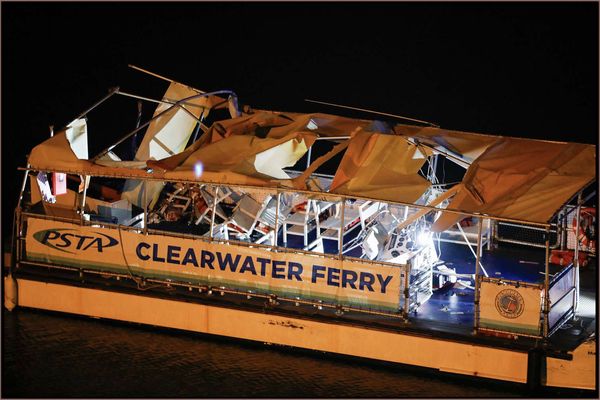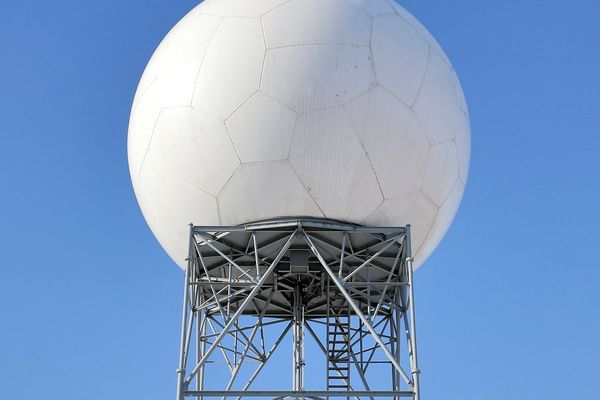
Some certainty has arrived for those impacted by severe weather events earlier this year but the bulk of the detail for a buyout scheme affecting at least 700 homes is a work in progress, writes political editor Jo Moir.
Analysis: Cyclone Recovery Minister Grant Robertson has been determined since February to work at a faster pace to identify uninhabitable property than the previous government did in the aftermath of the Christchurch earthquakes.
While Thursday’s announcement is about two weeks faster than the 2011 process, there are still regions and cities waiting to hear which homes and properties are affected and to what degree.
Hawkes Bay released its category 2 and 3 zoning on Thursday morning ahead of Robertson’s announcement of a buyout scheme that will be financed through both local councils and central government.
READ MORE: * How police contacted Cyclone Gabrielle's uncontactable * Cyclone Gabrielle’s path of destruction in seven charts * Cyclone Gabrielle: Survival, resilience and losing everything in Hawkes Bay
But those in Tairawhiti, Auckland, Northland and Wairarapa who may also be affected will get more information in coming days and weeks about where homes can be rebuilt and where assessors have decided is a no-go zone.
The guts of Robertson’s update on Thursday alongside Minister for Auckland Michael Wood and ministers responsible for Hawkes Bay and Tairawhiti, Kieran McAnulty and Kiri Allan, was to assure homeowners who have lost the most that a voluntary buyout would be available.
It’s estimated 700 properties are unliveable because of a combination of damage and the likelihood they wouldn’t survive another weather event, making it too dangerous to rebuild.
A further 10,000 homes are in areas that need flood mitigation work done to protect them in the future – that work will be a mixture of interventions at both a property level and a wider community level, such as the building of stop banks or extending the height of ones that already exist.
The community interventions will take much longer due to the scale. For example, it took almost a year to lift the height of a stop bank currently in Hawke’s Bay.
Of the 700 properties considered unliveable and in category 3, it’s estimated 400 of them are in Auckland.
The estimated cost of the buyout for those homes is a “ball park” of $1 billion but how much central government versus local council will pay for that is yet to be decided.
Robertson says that work will be done while councils consult with property owners about their category status and determine any changes or additions that need to be made.
He said that process would be personal and one-on-one between officials and property owners, and he expected repeat meetings until everyone was comfortable and informed about what would come next.
The new part of the process compared to previous weather events and natural disasters is that insurers have been deeply involved in the assessments and decisions around where is safe to stay and where is not.
While other parts of New Zealand, like Westport, have been impacted multiple times in the past with flooding, and many property owners have had to rebuild several times, Robertson said the process for the buyout was very specifically targeted at areas where no mitigation would help a property withstand a future event.
He acknowledged there were a number of people who had suffered “horrendously” as a result of other events but the case for voluntary buyouts had to be specific to mitigation limitations, and not just a desire by people to live somewhere else.
That means there isn’t any looking backward to past events, but Robertson was clear this is an “evolving process” and both the severity and regularity of these types of weather events means “we’re going to have to keep looking forward and moving ahead”.
Final buyout decisions will be made by local councils, not the Government, because one of the big lessons from the Christchurch earthquakes was that it wasn’t locally-led, Robertson said.
Consultation with affected property owners will begin in Hawkes Bay on June 9 and in Auckland on June 12, and in Tairawhiti some contact has already been made with those affected.
It is up to local councils to decide how long negotiations and consultation goes on but the right balance will need to be struck.
Robertson said if he’d announced everything on Thursday and declared it final with no option for negotiation, people wouldn’t be happy, but at the same time people would get increasingly disgruntled if it dragged on for too long.
The plan is to have the categories finalised by early next year, along with the buyout scheme specifics, and work to be underway already on flood mitigation.
Robertson said the Crown couldn't “wear all the costs here and local councils themselves have stretched balance sheets – we already know that”.
What the split for the buyout would look like would come down to “principle-based decisions”, he said.
National’s cyclone recovery spokesperson Chris Penk is concerned about affected properties used as business premises, and the lack of certainty owners have following the Government’s announcement.
He’s convinced non-residential properties are being put on the back burner.
Robertson says businesses and sectors, such as horticulture, are being worked with to try to find some possible targeted support, and more broadly there are plans afoot to help with overall support for recovery and rebuilding.
Another hurdle still to come is what to do with those who don’t want to leave their category 3 properties, of which there will certainly be some in Eskdale and beyond.
This isn’t unprecedented, as Robertson pointed out, given there are still people living in the red zone in Christchurch without insurance.







